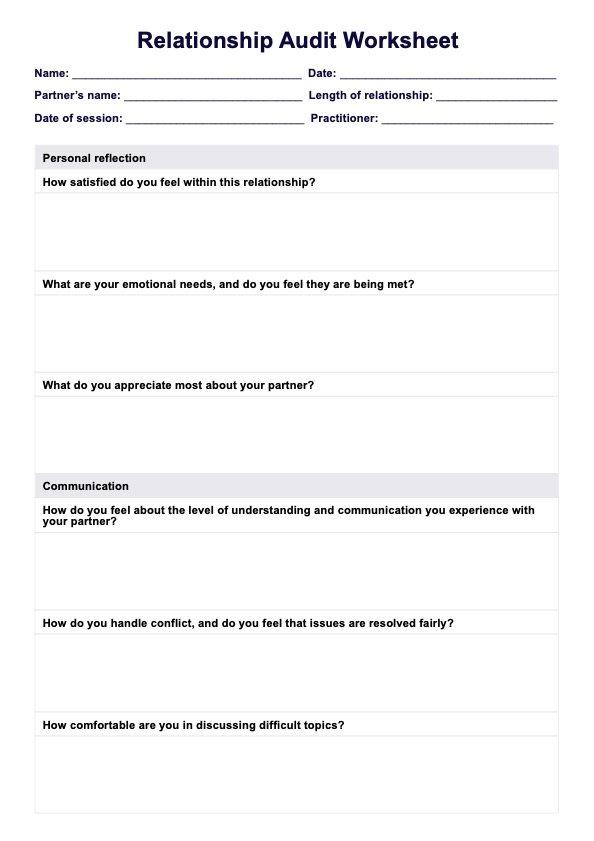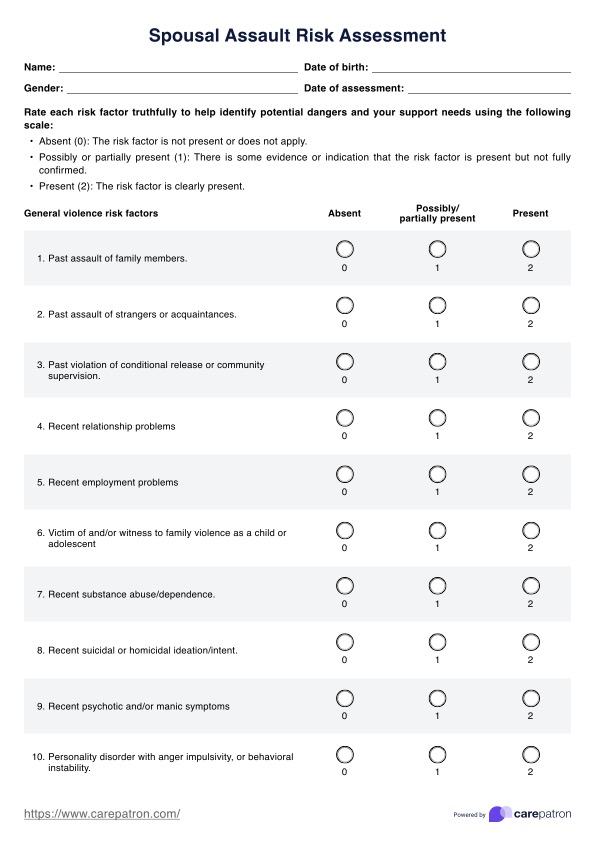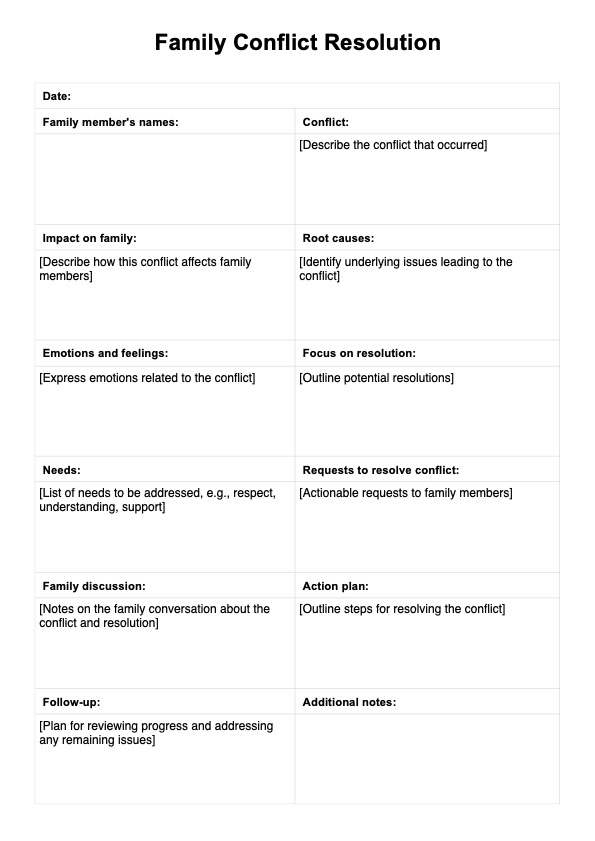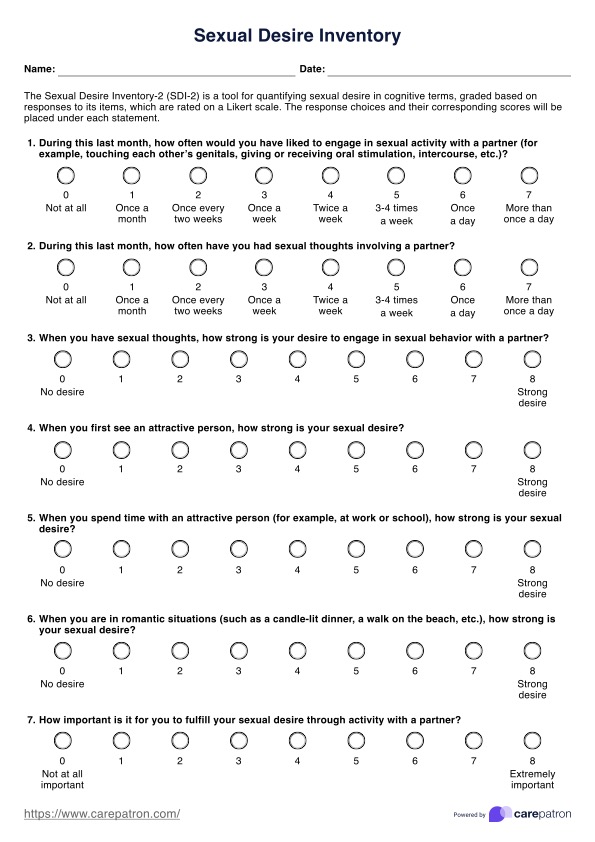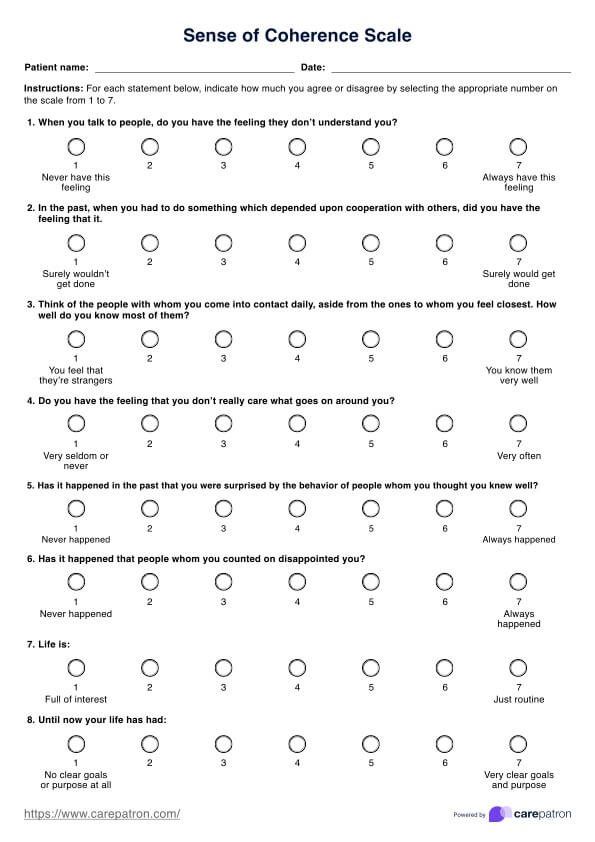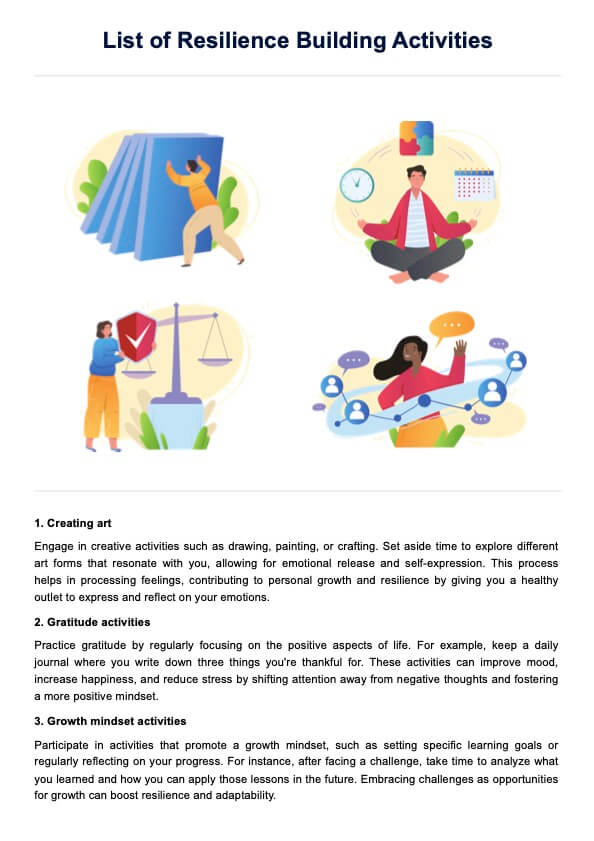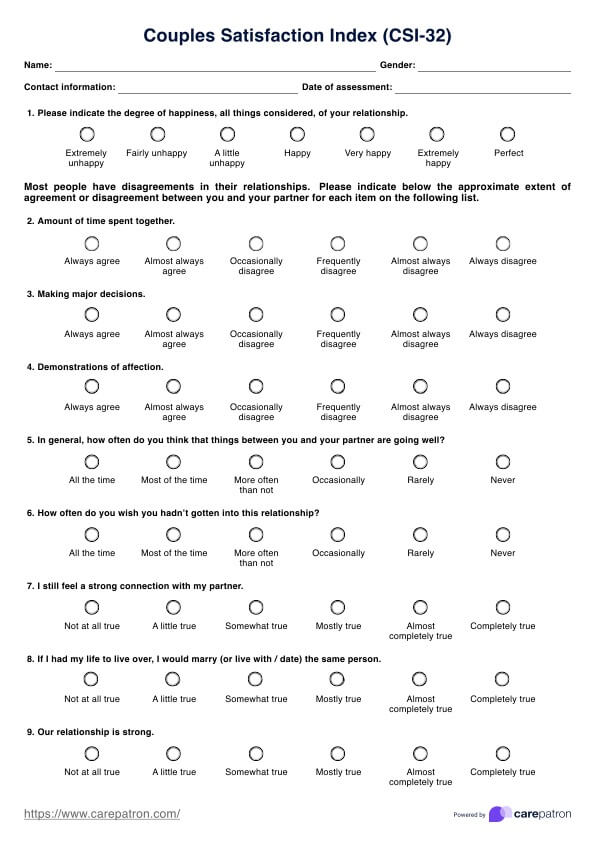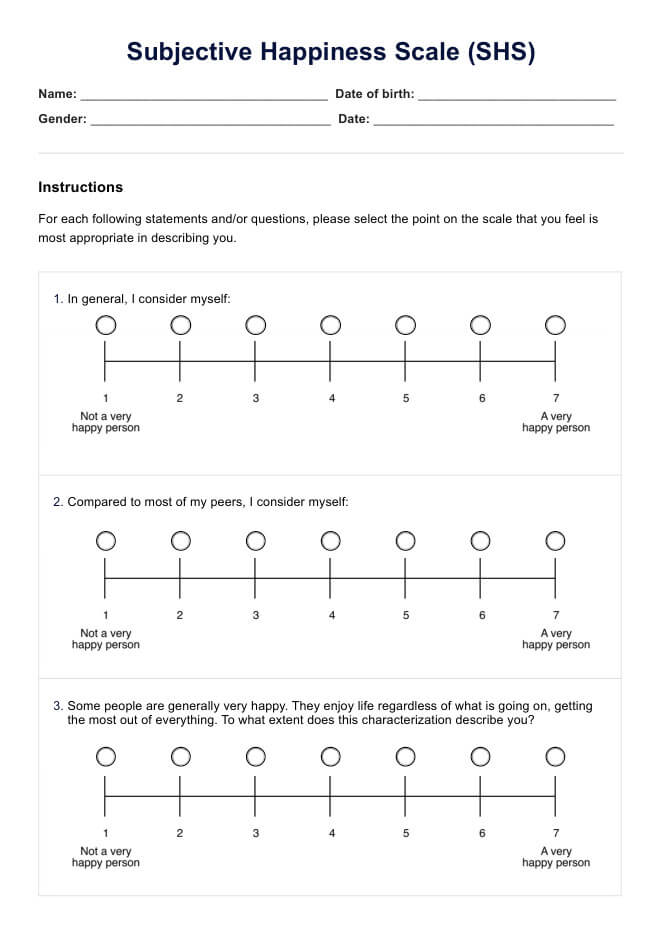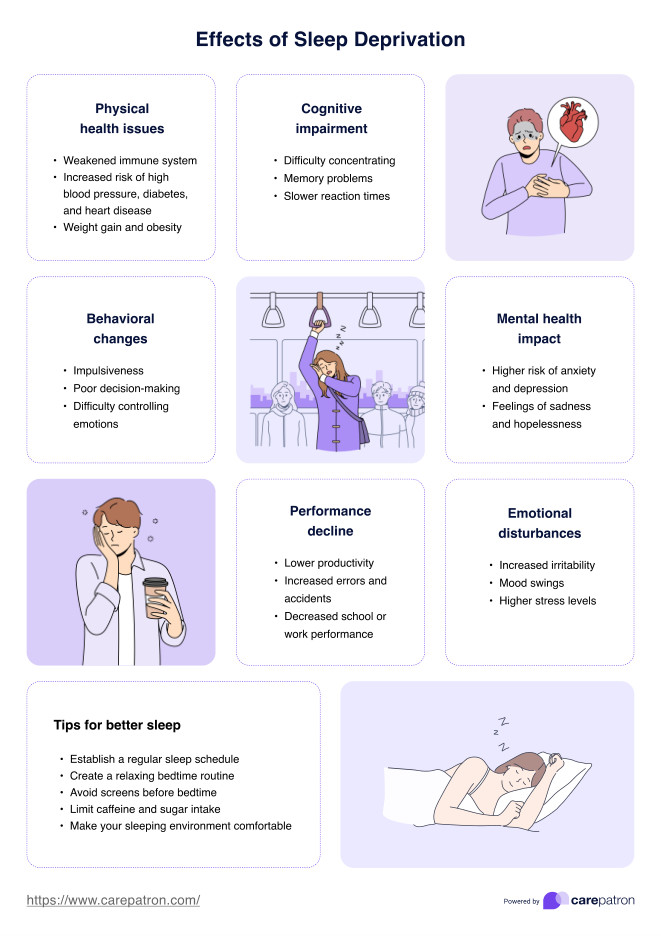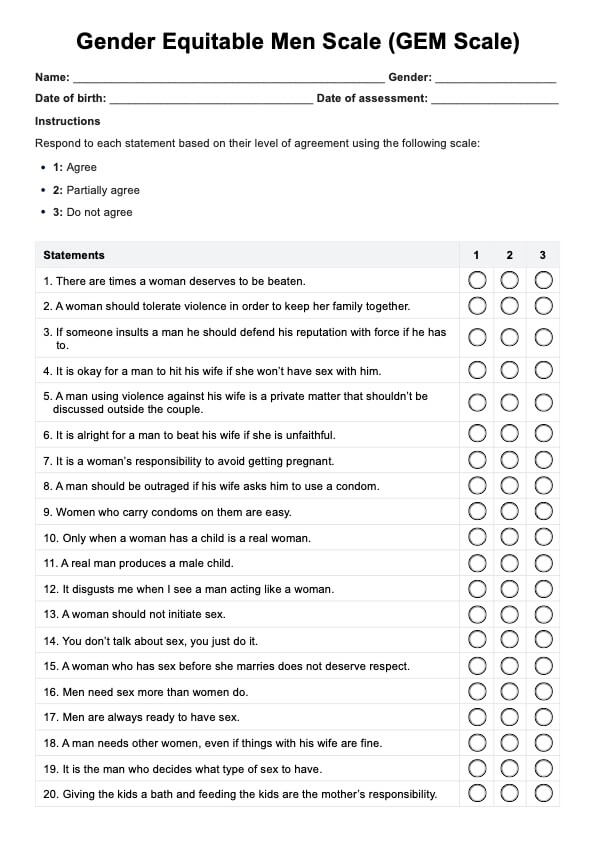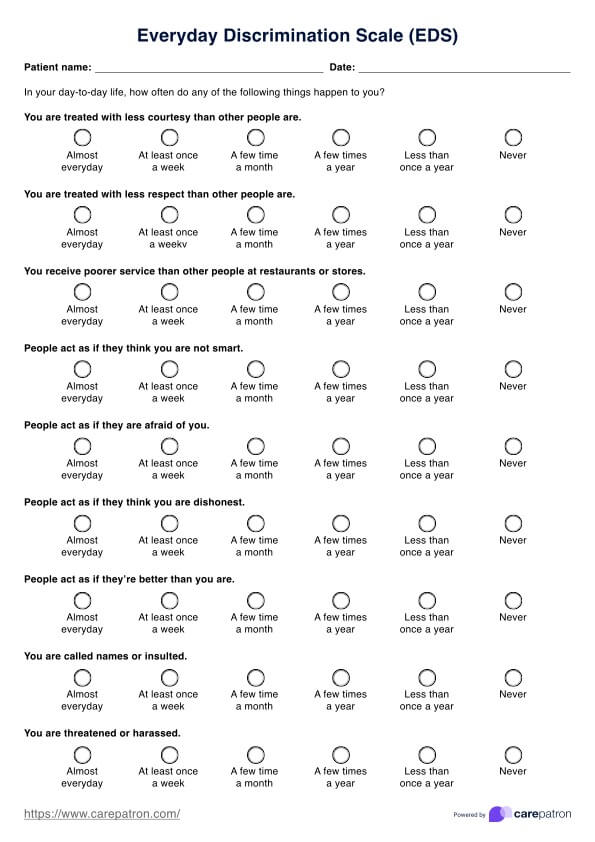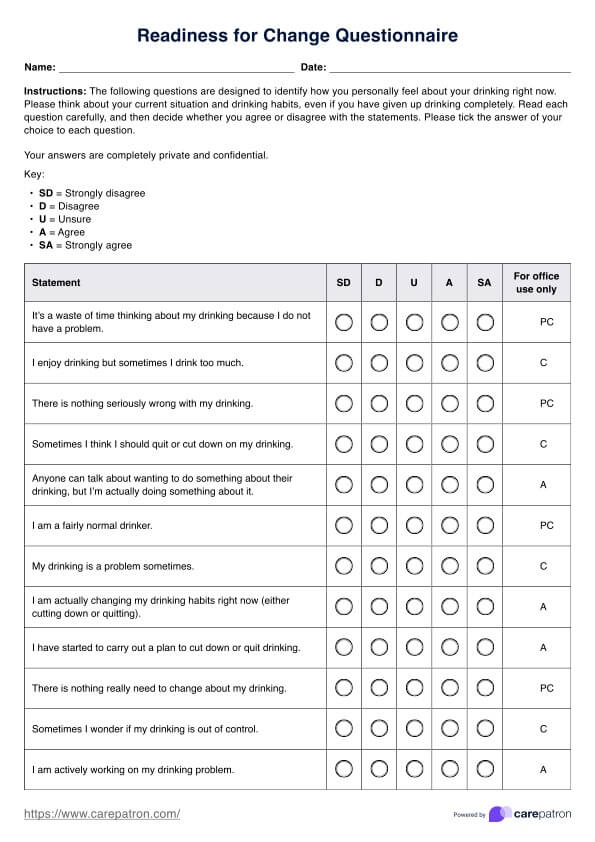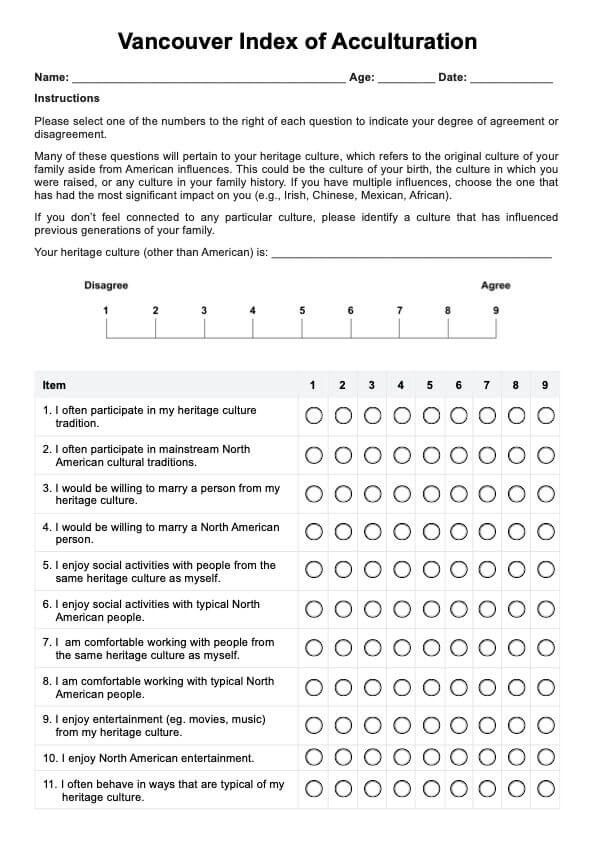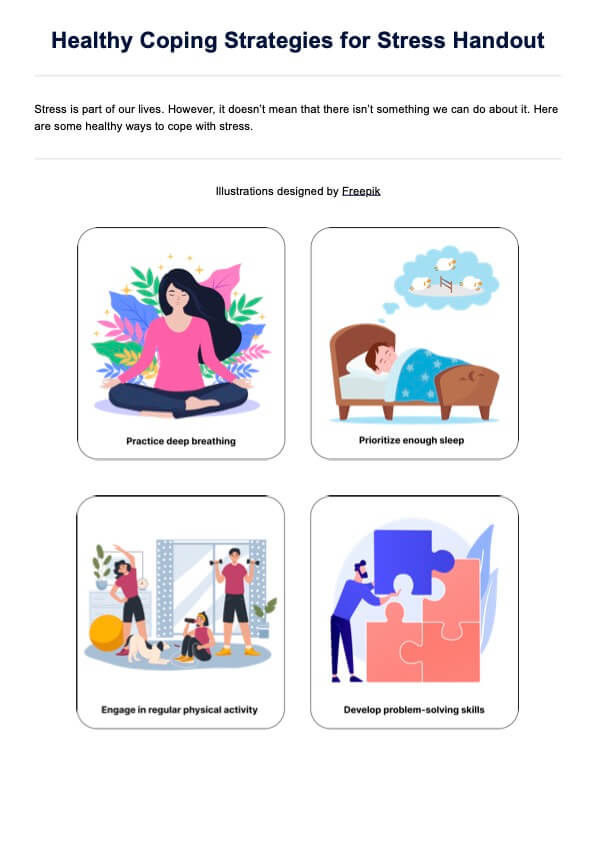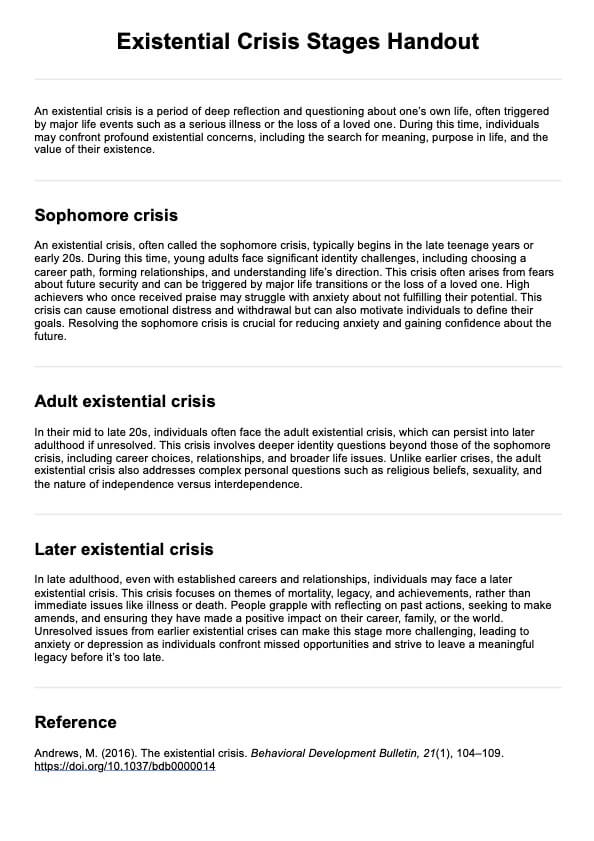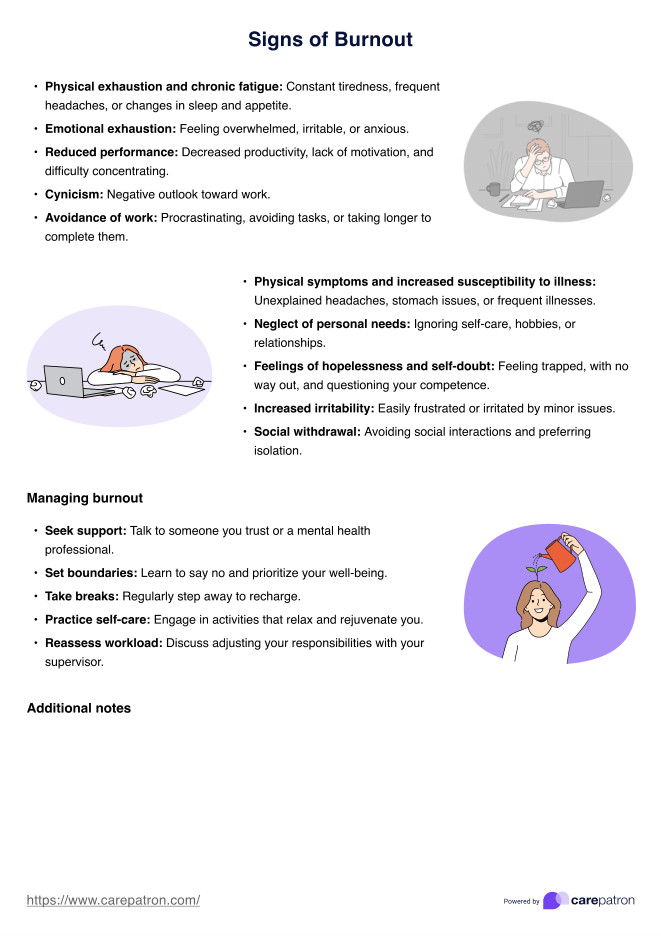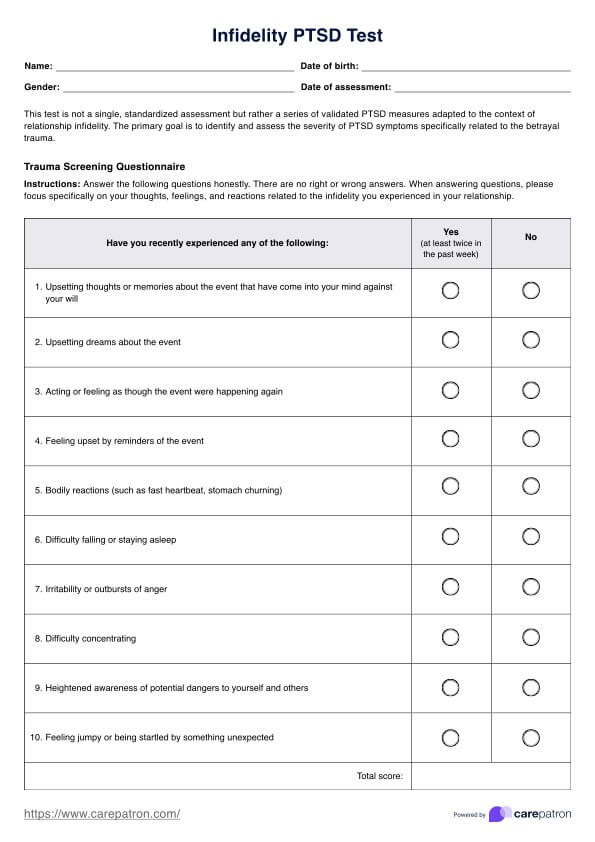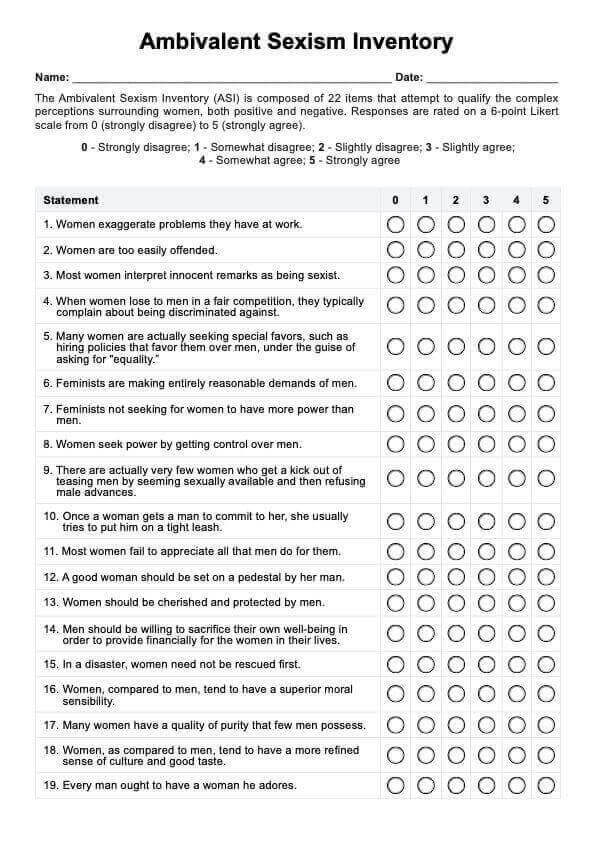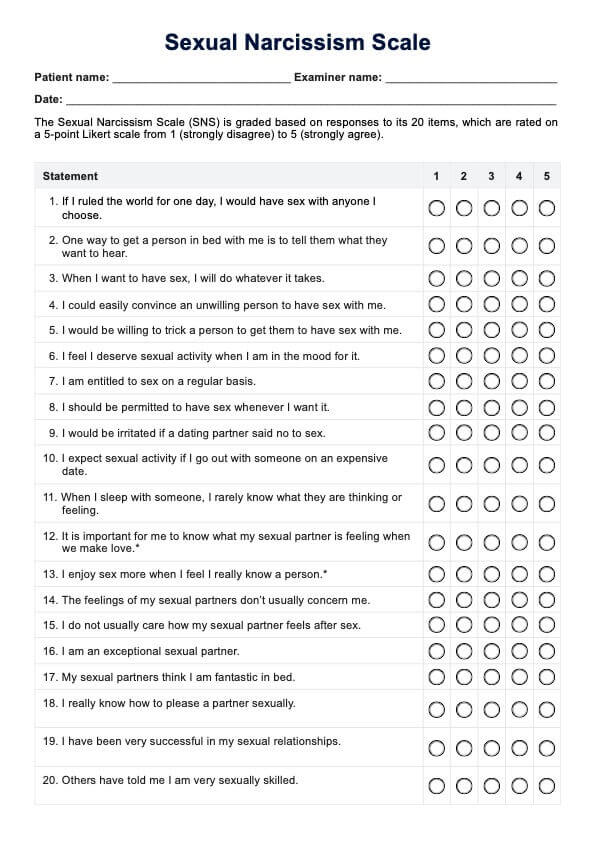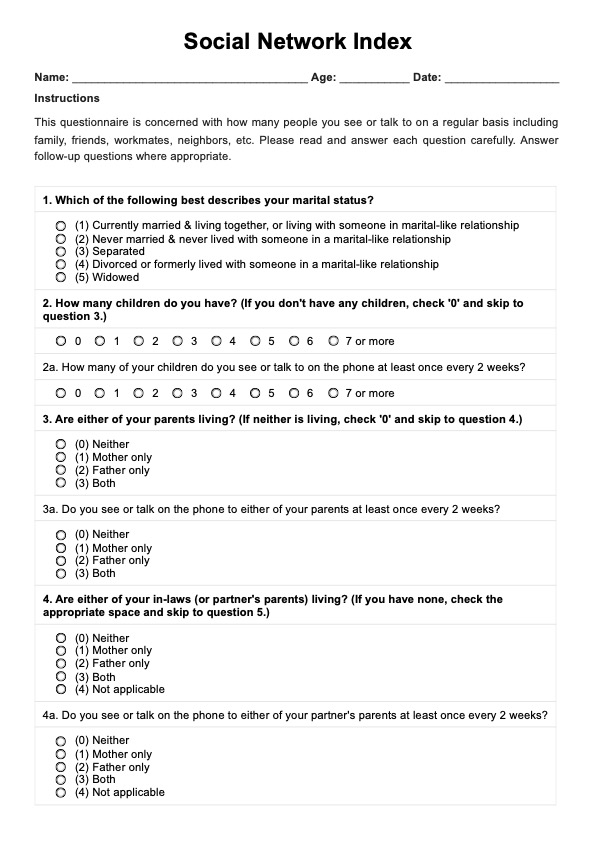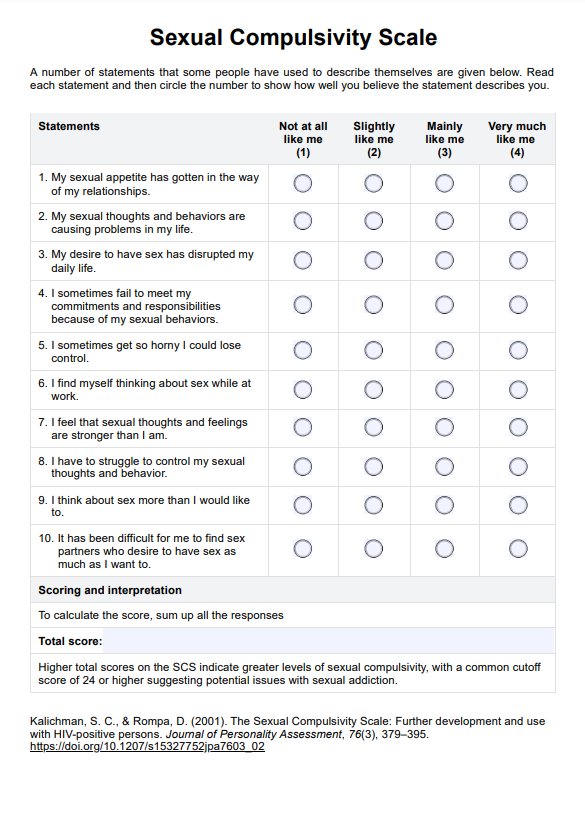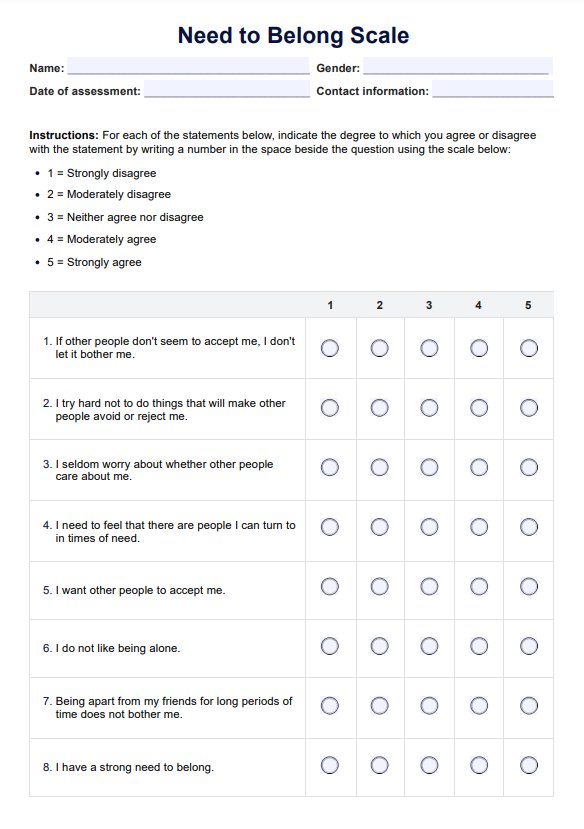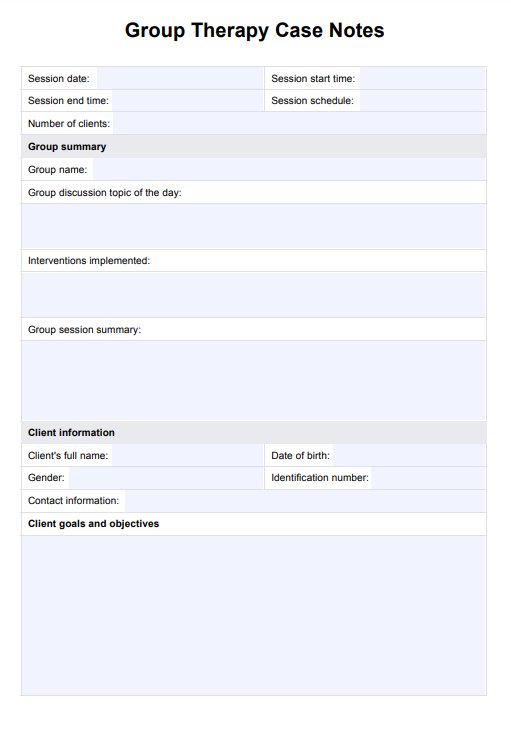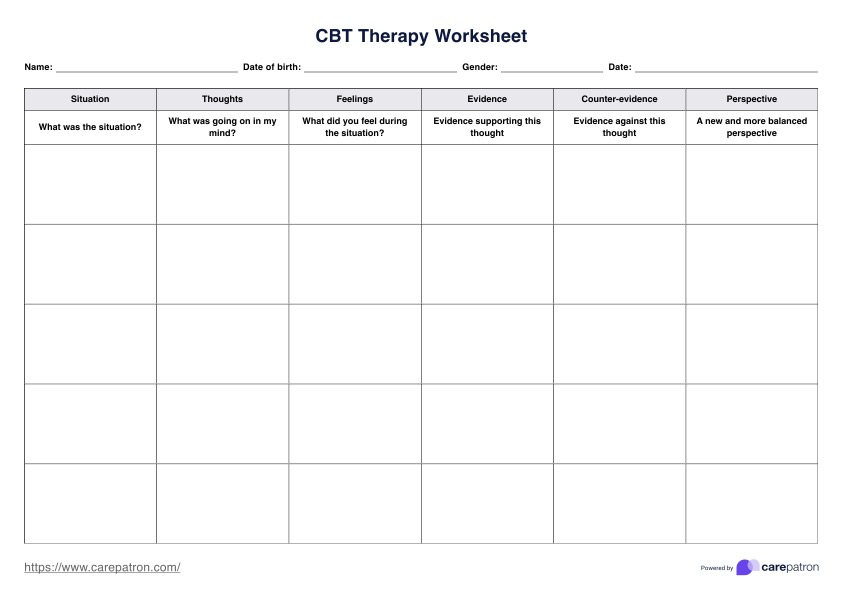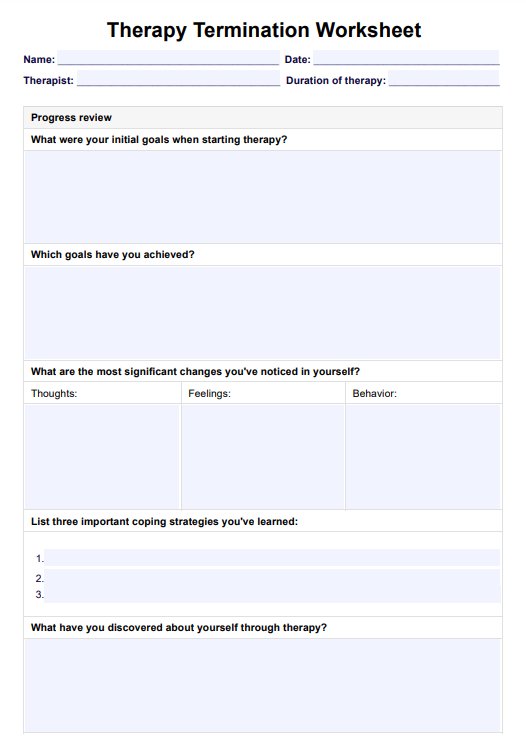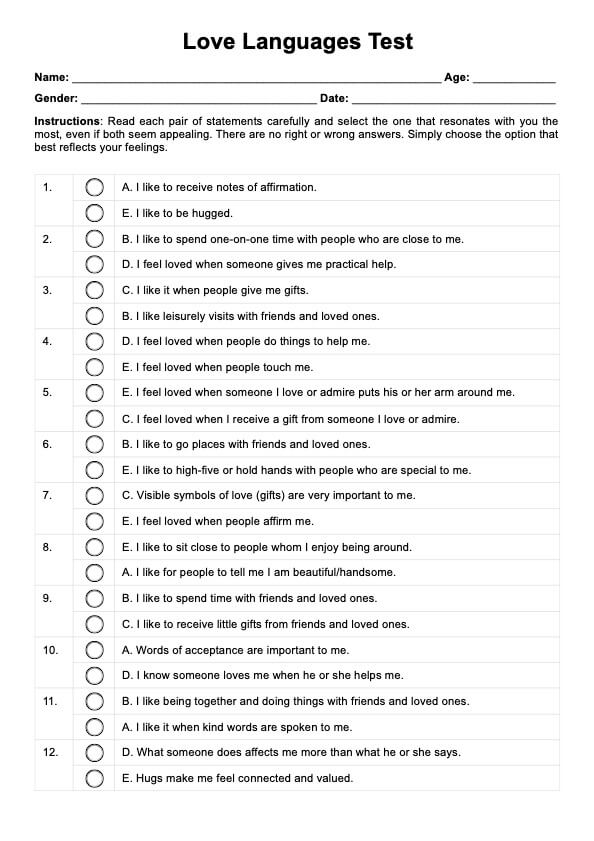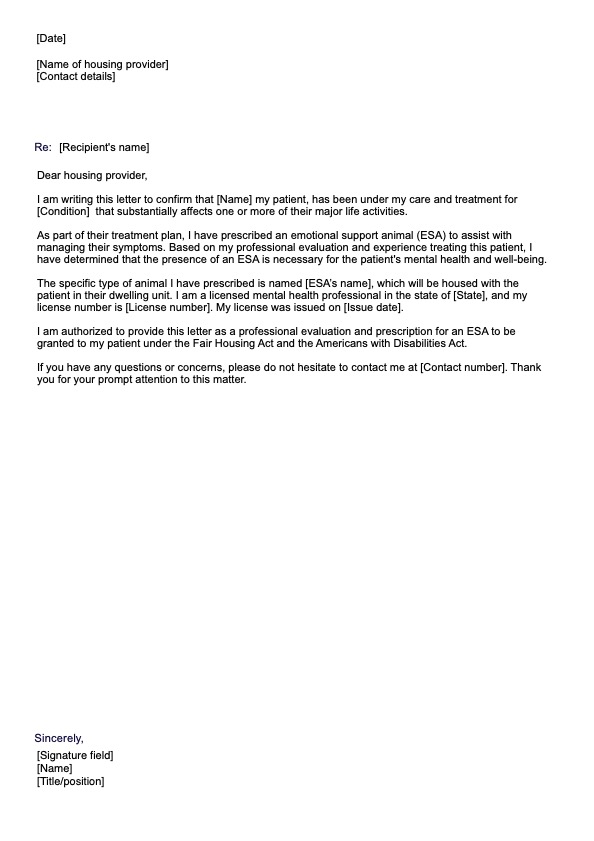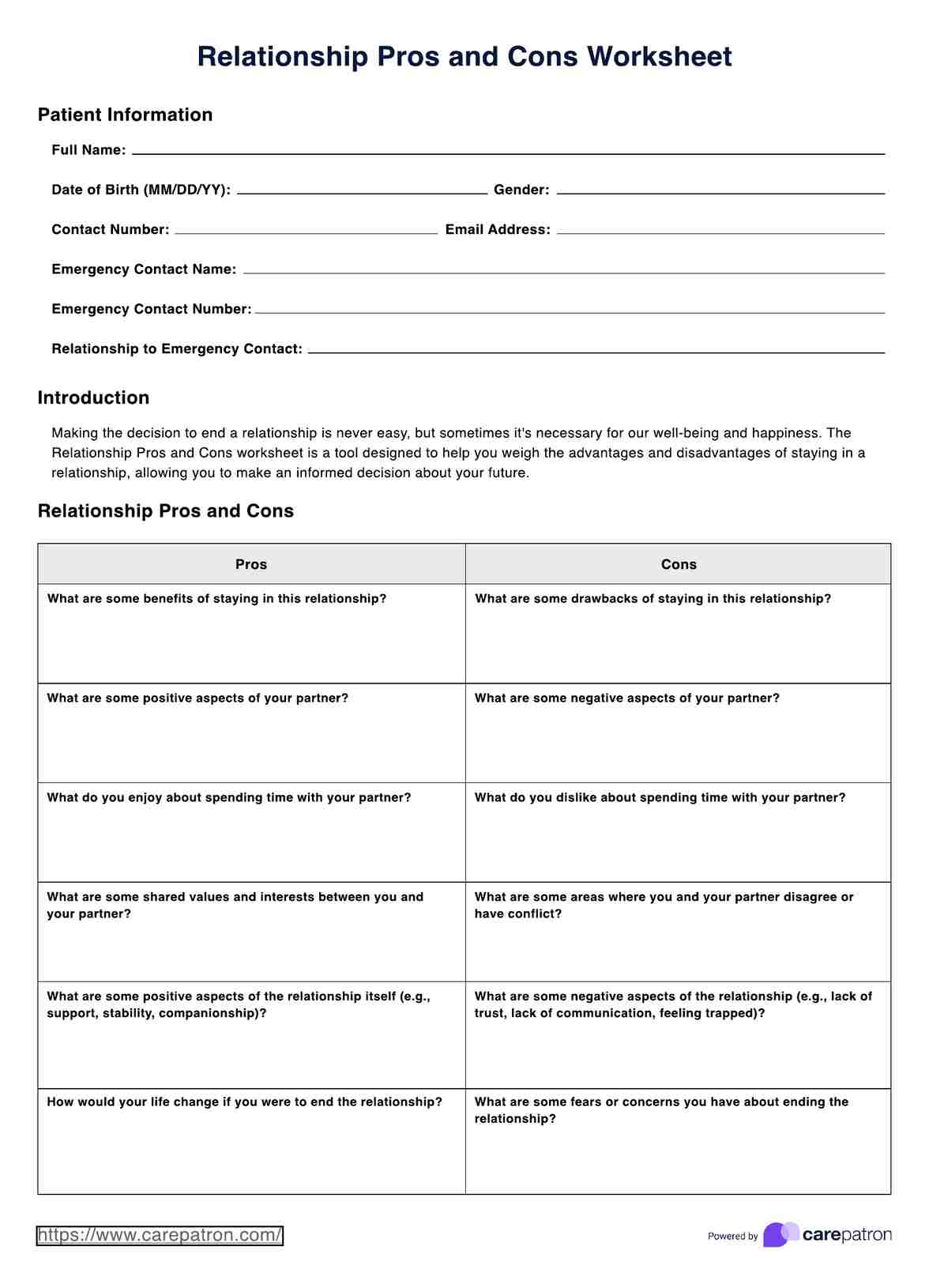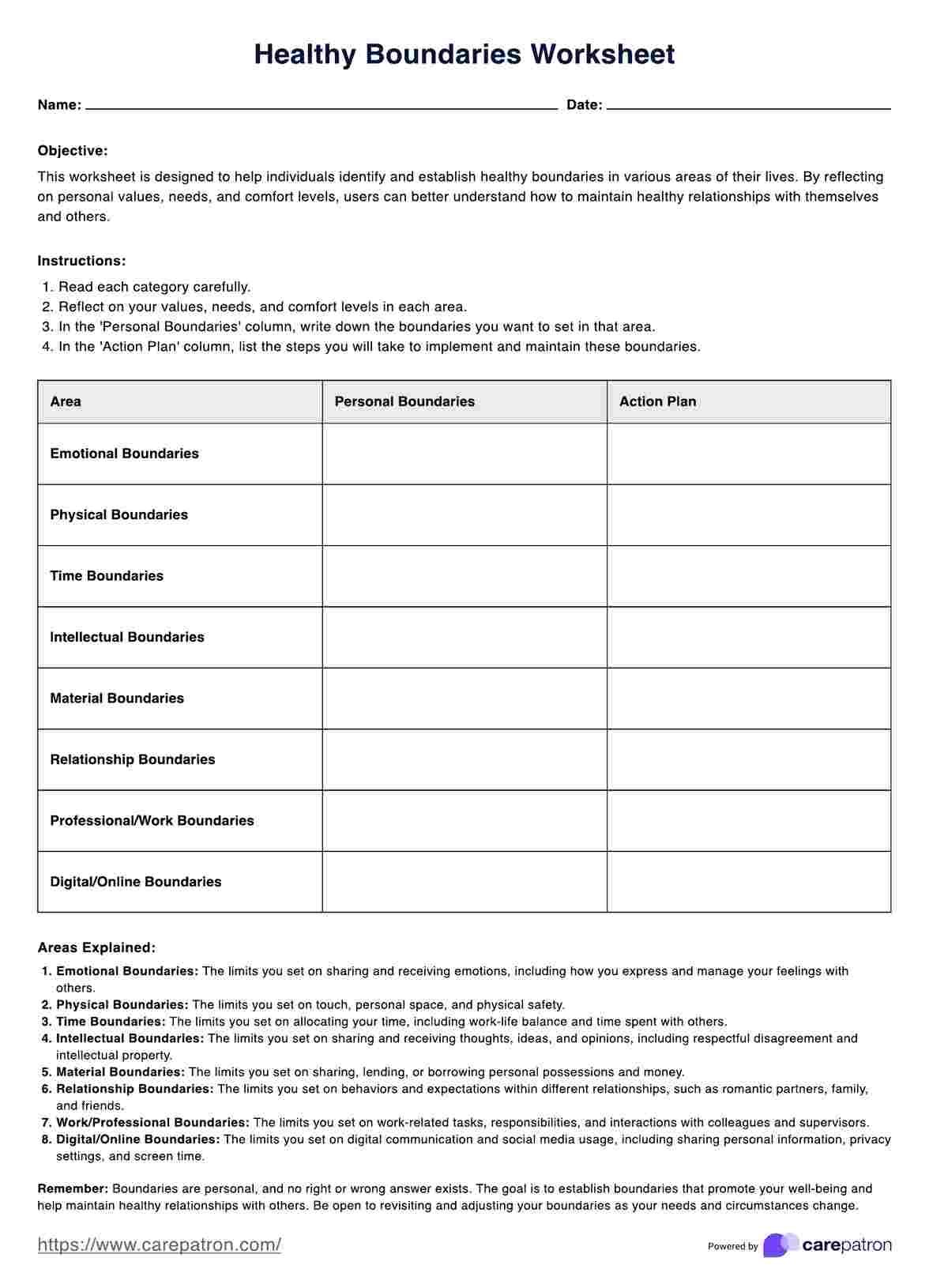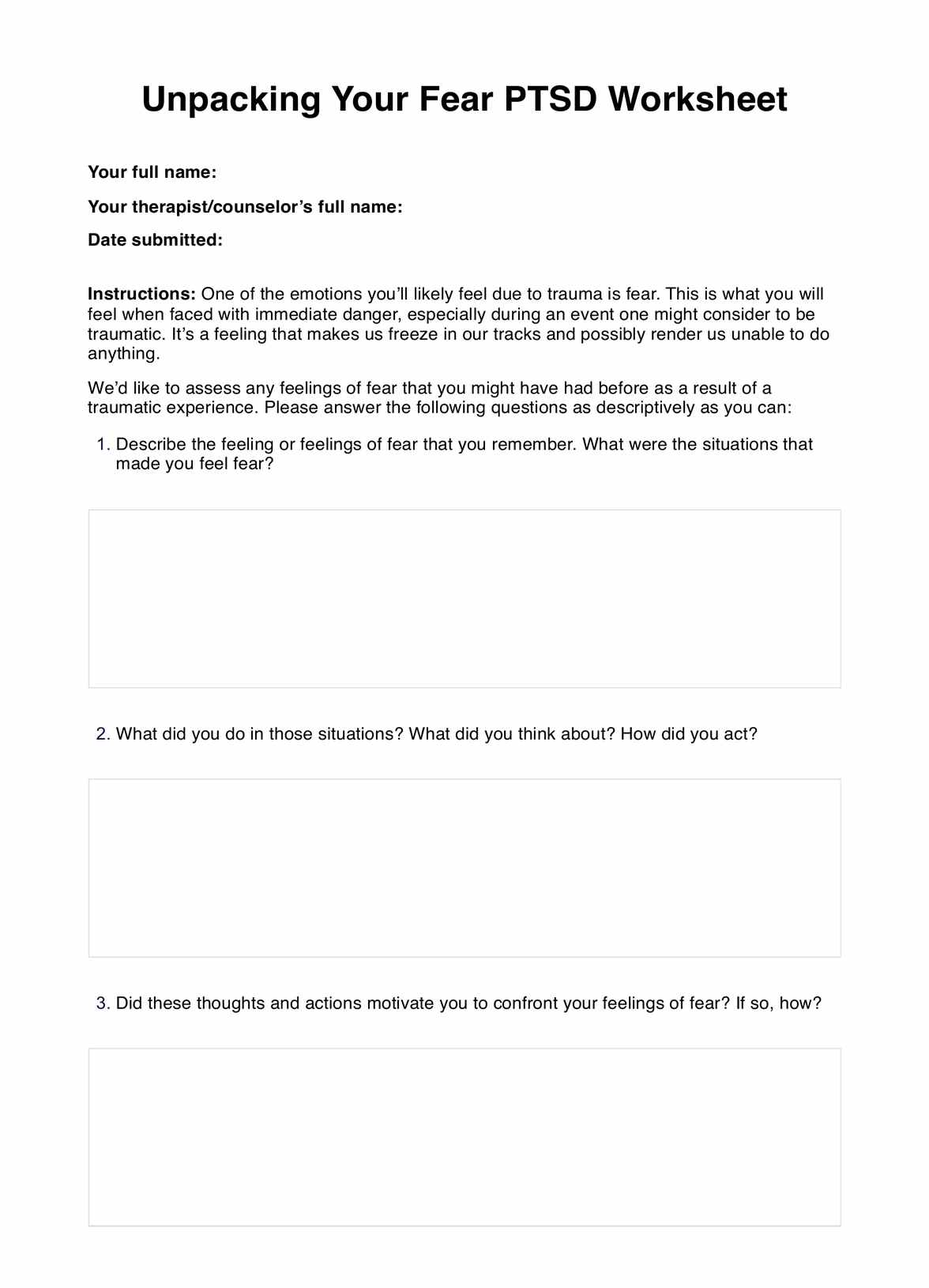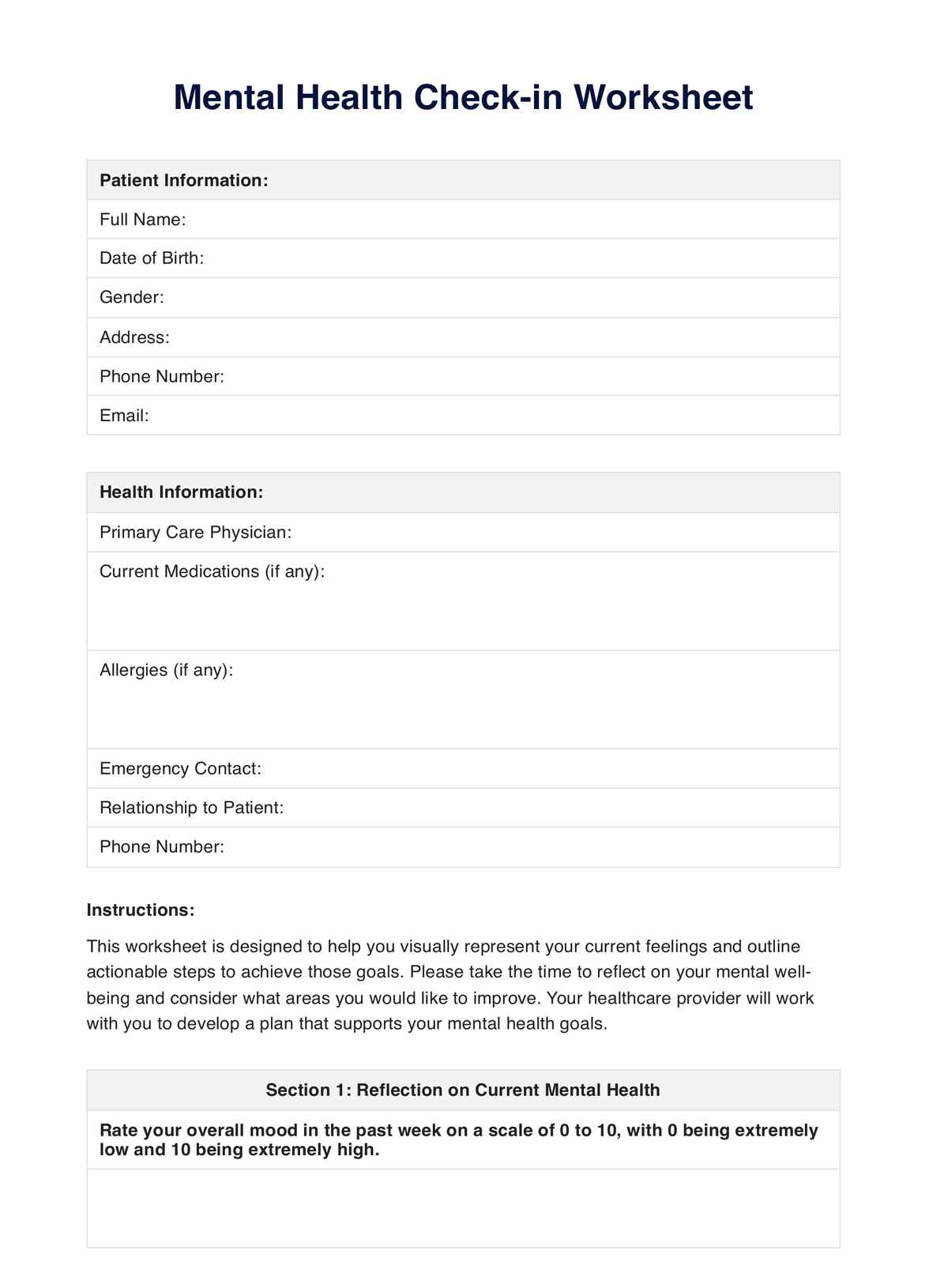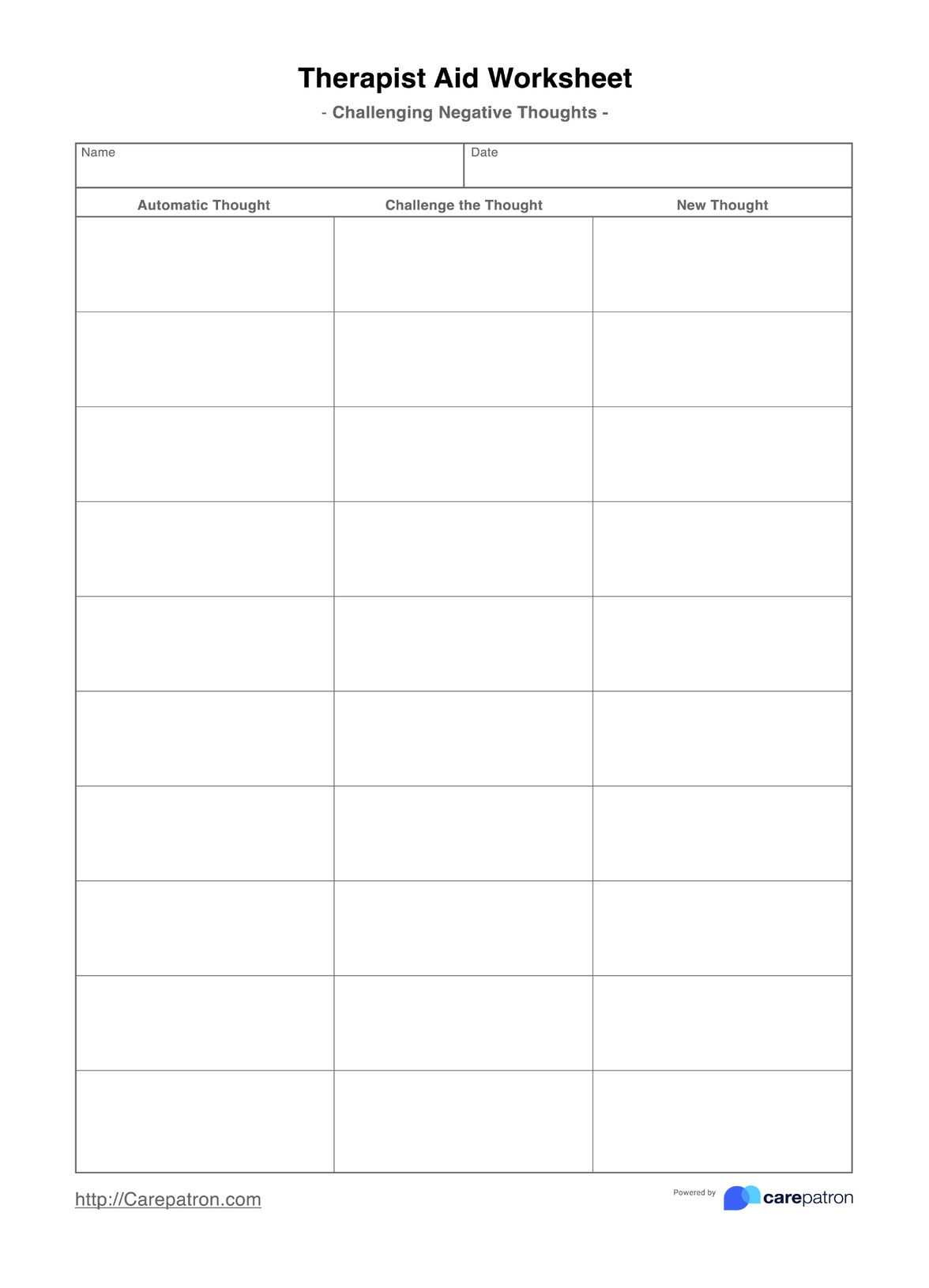Love Scale
Explore the intricate dynamics of love with our comprehensive guide on Love Scales. Learn how to use these tools for personal insights, research & therapy.


What is a Love Scale?
A love scale is a psychometric tool designed to measure various aspects of love. Psychologists use such scales to quantify feelings of affection and intimacy, making them invaluable for understanding the depth and nature of relationships. Some well-known love scales include the Passionate Love Scale, Rubin's Love and Liking Scale, and the Companionate Love Scale.
Each scale examines unique facets of love, like the intensity of passionate love, the degree of liking or loving a person, or the extent of friendship-based love. Furthermore, veterinarians employ a distinct measure known as the Lap of Love Quality of Life Scale to assess the well-being of pets in their final stages, showcasing the diverse scope of applications for love scales.
Another love scale called The Hendricks' Scale suggests six styles of love, including Eros (romantic, passionate love), Ludus (game-playing love), Storge (friendship-based love), Pragma (logical, "shopping list" love), Mania (possessive, dependent love), and Agape (all-giving, selfless love).
can be applied across a wide range of electronic health records, providing valuable data to help understand and improve the quality of relationships.
Love Scale Template
Love Scale Example
How does it work?
Love scales contain thematically interconnected questions or statements, each designed to evoke a response reflecting an individual's feelings, attitudes, or love-related experiences.
Step 1: Understand the Statements
Respondents are presented with various statements related to love, requiring them to express their level of agreement or disagreement. These statements are carefully curated to touch on different aspects of love. For example, in the "Passionate Love Scale," one might encounter a statement like, "I would rather be with my partner than anyone else."
Step 2: Respond to the Statements
Having read each statement, respondents then indicate their level of agreement on a predefined scale. This scale can vary; some love scales use a 5-point or 7-point Likert scale, while others might use a scale from 1 (Not at all true) to 9 (Definitely true). This scoring system allows for nuanced responses, capturing a wider range of feelings and attitudes toward love.
Step 3: Calculate Your Score
Once all the answers are collected, the total score is calculated. This scoring mechanism helps quantify the otherwise qualitative emotions associated with love. A higher total score typically signifies a more significant degree or intensity of the type of love the scale intends to measure.
Step 4: Interpret the Results
The overall score isn't just a number; it provides insightful implications. In a therapeutic context, these results can help individuals and couples understand their feelings better, fostering clearer communication and greater understanding. For researchers, these results contribute to a larger body of data, facilitating comprehensive studies about the effects of love on behavior and well-being.
So whether you're looking to gain a deeper understanding of your feelings or contribute to larger psychological research, our Printable Love Scales offer an effective, user-friendly, and insightful tool to map the complex landscape of love.
When would you use this Template?
Utilizing a Love Scale spans various fields and contexts, primarily in areas that delve into the intricacies of human emotions and relationships. Let's explore some of the main scenarios where a love scale can serve as a valuable tool.
- Psychological Research: The nuanced nature of love makes it an intriguing subject for psychological research. Love scales provide a structured approach to capturing and quantifying the spectrum of love-related emotions, enabling researchers to delve deeper into the complexities of this powerful feeling.
- Relationship Counseling and Therapy: Counselors and therapists often employ love scales to help individuals and couples better understand and articulate their emotions. By scoring their responses to various love-related statements, individuals can gain clarity about their feelings and preferences, serving as a launchpad for meaningful dialogue and relationship enhancement.
- Quality of Life Assessments: The Love Scale finds application beyond human relationships. A prime example is the Lap of Love Quality of Life Scale in veterinary medicine. This scale aids in assessing a pet's quality of life and helps pet owners make informed decisions about potential euthanasia.
- Online Relationship Platforms and Dating Services: Love scales have also found a new application in online relationship platforms and dating services. By profiling users based on their responses to a love scale, these platforms can better match potential partners based on similar love attitudes or styles, increasing the odds of compatibility and successful relationships.
The Love Scale is a versatile tool that can provide valuable insights into love's multifaceted nature, whether in a research setting, a therapeutic context, or even in determining the best match on online dating platforms.
Benefits
Using a Free Love Scale in psychological research, relationship counseling, or online matchmaking platforms offers numerous advantages. Here are some significant benefits:
Objective Measurement of Love
Love Scales provide an objective, measurable approach to assessing an otherwise subjective and intricate emotion. The scale helps translate complex feelings into understandable metrics by quantifying responses to various love-related statements.
Deep Insight into Relationships
Love Scales illuminate different aspects of love, enabling individuals and couples to gain profound insights into their relationships. Understanding their love type and intensity allows them to navigate their relationships more clearly, enhance communication, and foster deeper bonds.
Informed Decision-Making
Love Scales also have practical applications. An example is the "Lap of Love Quality of Life Scale" used in veterinary medicine. This tool guides pet owners in making challenging decisions about their pet's well-being and life, including the difficult choice of euthanasia.
Valuable Tool for Research
Love Scales provide researchers with a consistent method to collect data about love and relationships. These scales produce valuable data that fuels academic research in psychology and relationship studies, enabling further understanding and exploring love in various contexts.
Using a Free Love Scale bridges the gap between the abstract nature of love and the practical need to understand this potent emotion, making it a valuable tool in multiple domains.
Research & Evidence
The concept and use of Love Scales have been deeply entrenched in psychological research for several decades. These scales, founded on meticulous research and rigorous testing, offer an objective lens to explore and understand the intricate world of love and its various manifestations.
The inception of love scales traces back to the 1970s with Zick Rubin's groundbreaking work. Rubin's 'Liking and Loving Scale was one of the first instruments to distinguish between liking and loving, pioneering scales in the study of love.
This concept was further evolved by Elaine Hatfield and her colleagues, who introduced the Passionate Love Scale and Companionate Love Scale. These scales were instrumental in distinguishing between passionate love, often characterized by intense emotional states, and companionate love, typified by deep affection and companionship.
The 1980s brought forth another significant contribution from Clyde and Susan Hendrick. They developed the "Love Attitudes Scale," a comprehensive tool that suggests six distinct styles of love, each reflecting a different aspect of love as per classical theories.
The integrity and relevance of these scales have been substantiated through countless studies, each further reinforcing their validity and reliability. These scales continue to serve as an indispensable resource in relationship research, providing invaluable insights into the role of love in human health, well-being, and interpersonal dynamics.
The development and application of Love Scales have a robust foundation of research and evidence, confirming their instrumental role in our comprehension of the multifaceted emotion that is love.
Commonly asked questions
The Love Scale is used by psychologists, therapists, counselors, researchers, and sometimes by individuals seeking to understand their feelings better.
Love scales are used whenever there's a need to measure aspects of love, be it in a research setting, therapy, counseling, or personal understanding.
A Love Scale is used by presenting a series of statements to a person who indicates their agreement or disagreement on a predefined scale. The responses are then totaled to measure the type or intensity of love.

.jpg)
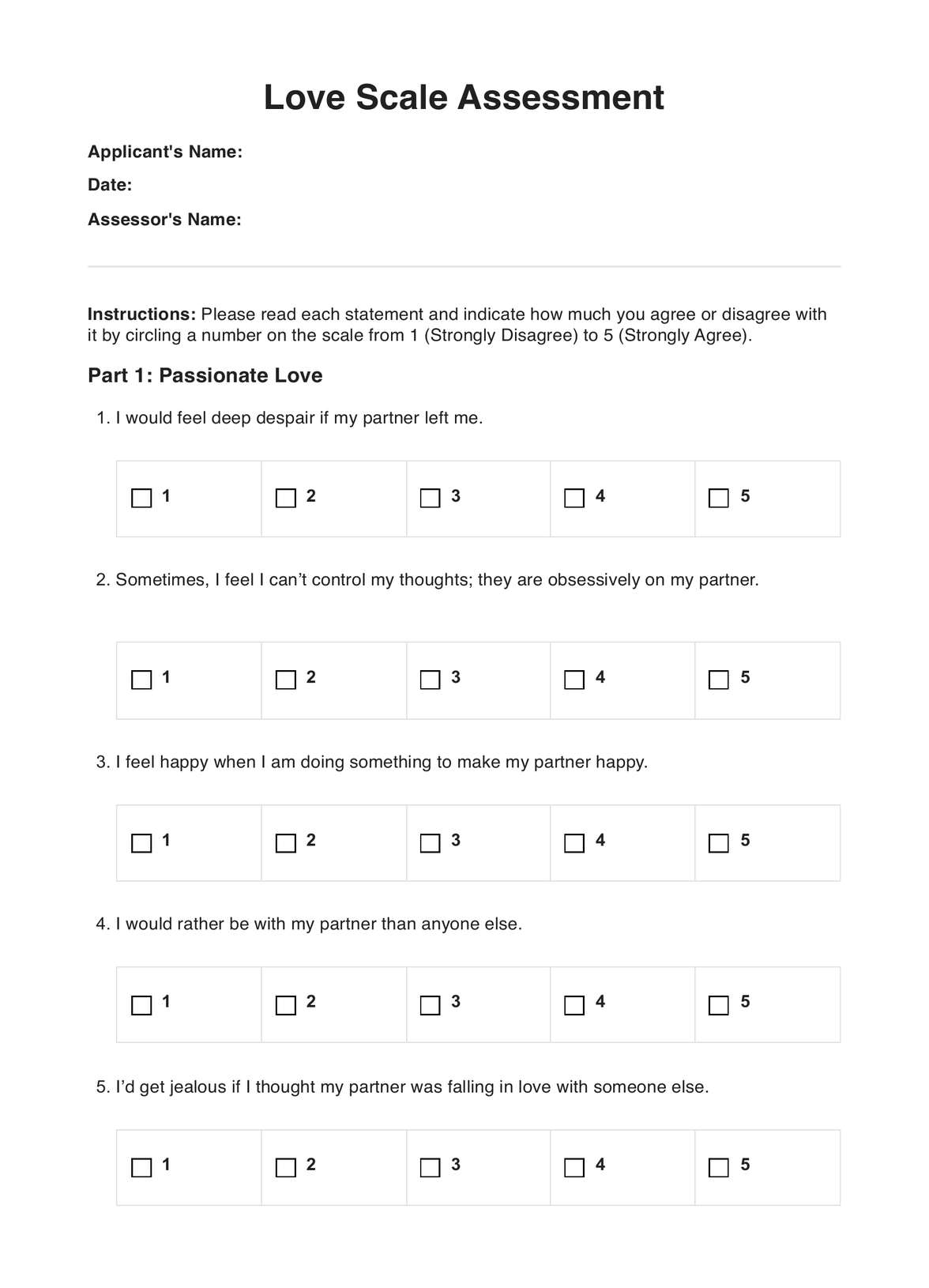
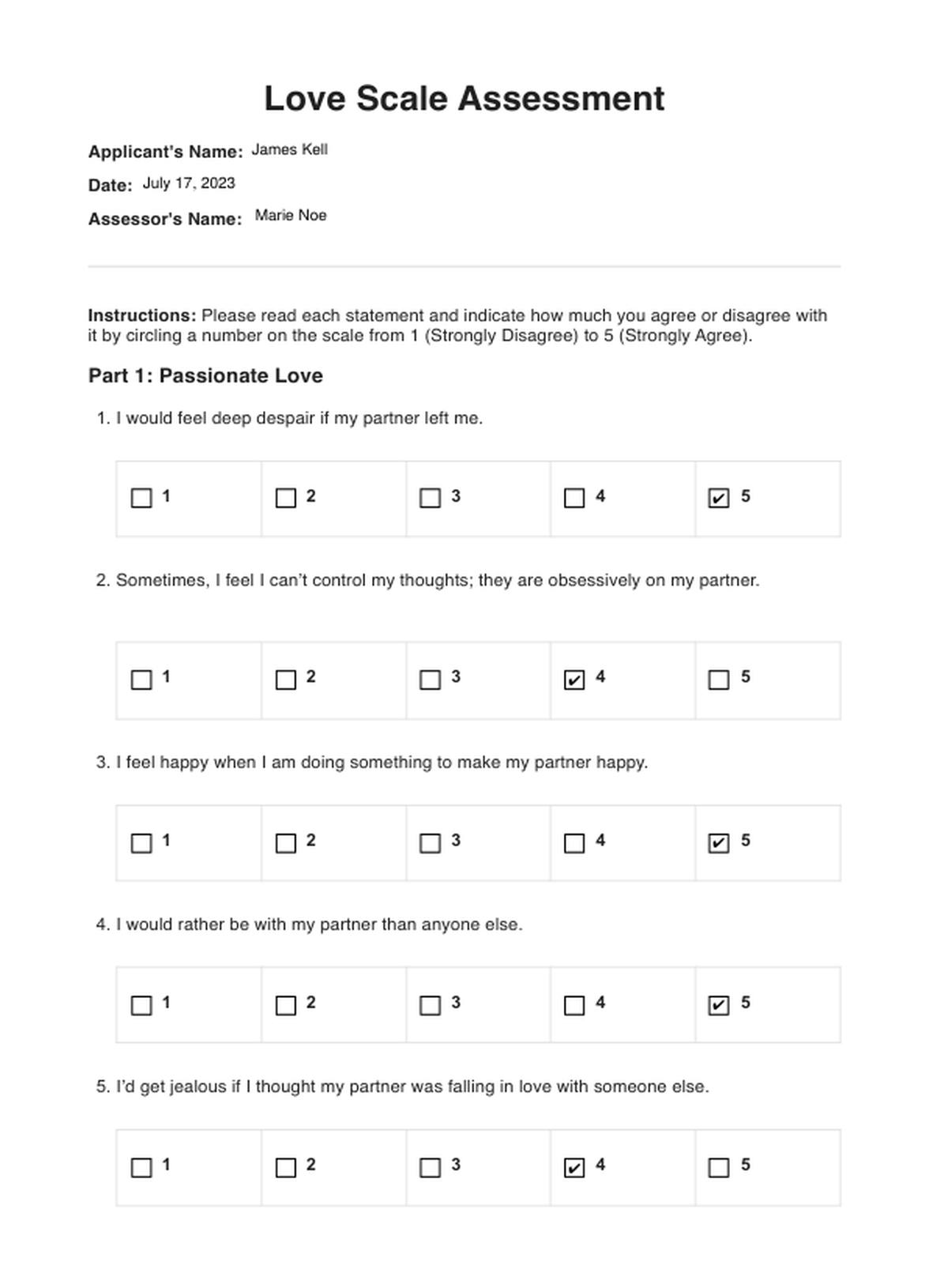

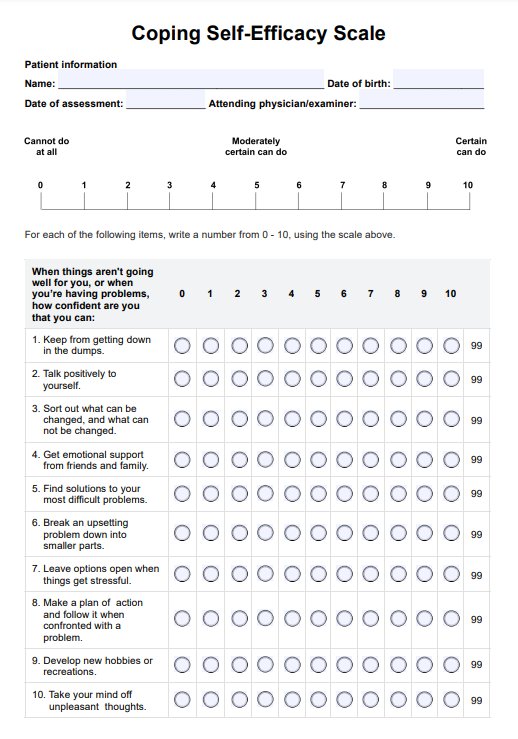
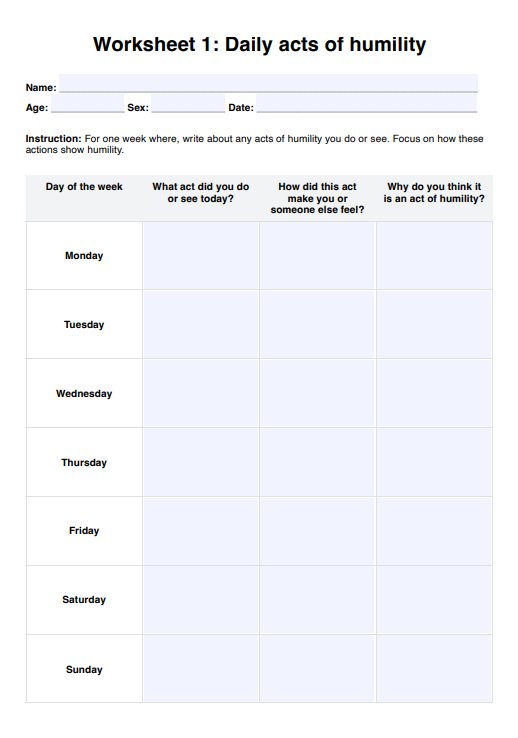
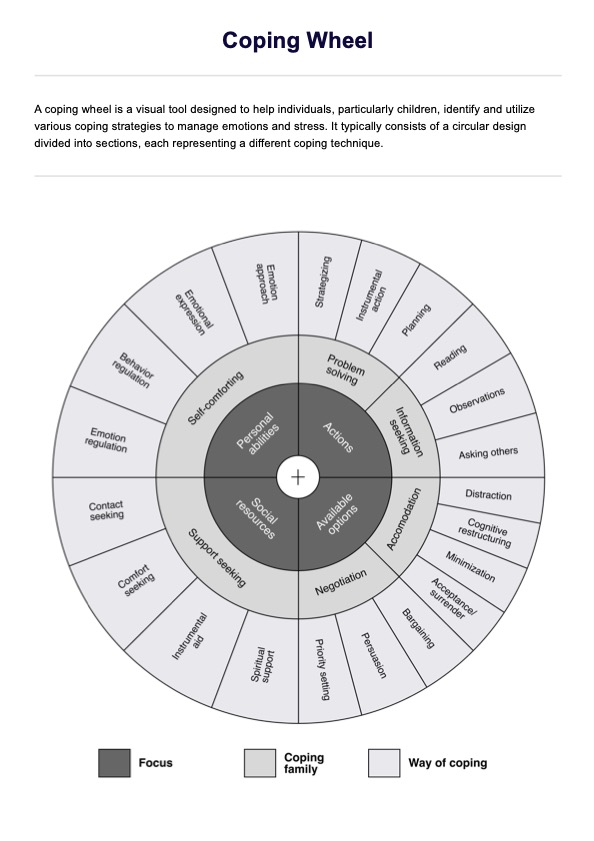









-template.jpg)


